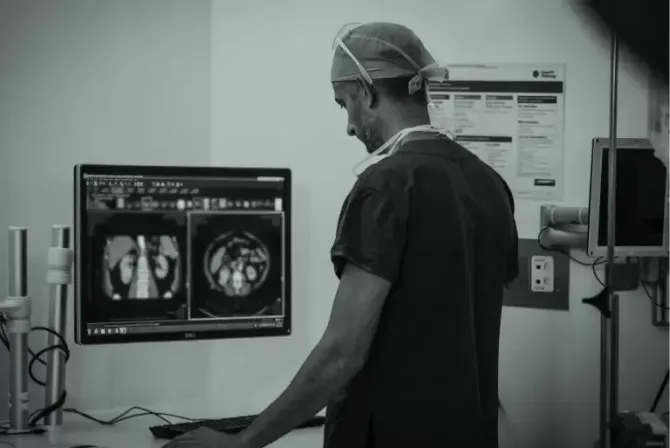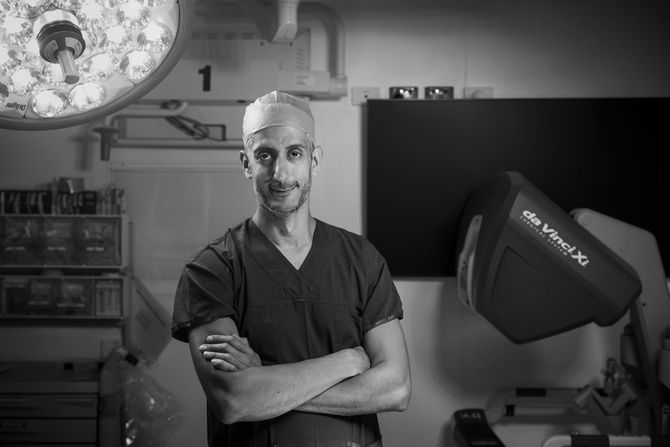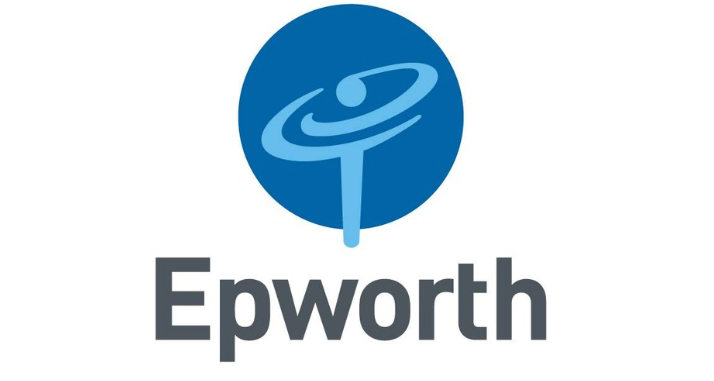Benign Prostatic Hyperplasia (BPH) Treatments
About Benign Prostatic Hyperplasia
Benign Prostatic Hyperplasia (BPH) is the most common prostate disease.
BPH is a non-cancerous enlargement or growth of the prostate gland. As the prostate surrounds the upper part of the tube that carries urine (urethra),
This enlargement can
- narrow the urethra and put pressure on the bladder opening
- cause problems with urination, weak flow and straining to urinate
- leave a sensation of incompleteness or dribbling after urination
There may be other effects on the bladder, such as urgent or frequent urination during the day and night.
OUR TECH
About HoLEP
What is HoLEP surgery for BPH?
HoLEP (Holmium Laser Enucleation of the Prostate) surgery is a minimally invasive procedure that is used to treat symptoms of benign prostatic hyperplasia (BPH). This procedure utilises a holmium laser to remove the inner part of the prostate gland, providing relief from symptoms such as difficulty urinating, frequent urination and a weak urinary flow.
How HoLEP surgery is performed
HoLEP surgery is performed under general or spinal anaesthesia through the urethra (the tube that carries urine out of the body) and does not require an incision. A laser fibre is inserted through a small telescope and used to separate the enlarged prostate tissue from its surrounding capsule. The fragments are then suctioned out through a small instrument called a morcellator. The outer capsule of the prostate is preserved along with the nearby nerves for sexual function.
After the procedure
Following the procedure, patients can expect a quick recovery time, with most patients returning to most activities within a few days. There may be some discomfort during the first few days after the procedure, but this can be managed with pain medication. It is also common to experience some urinary symptoms such as urgency and frequency during the first few weeks after the procedure, but these should resolve over time.

Meet Your Urologist
Kapil Sethi
Kapil is a Melbourne-trained urologist with expertise in a wide variety of general and specialised prostate care.
He has a postgraduate doctorate from the University of Melbourne for
his research in cancer and is a fellow of the Royal Australasian College of Surgeons. He specialises in minimally invasive surgeries for BPH.















